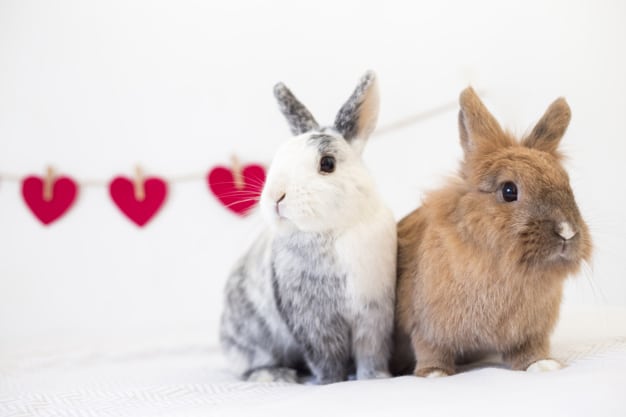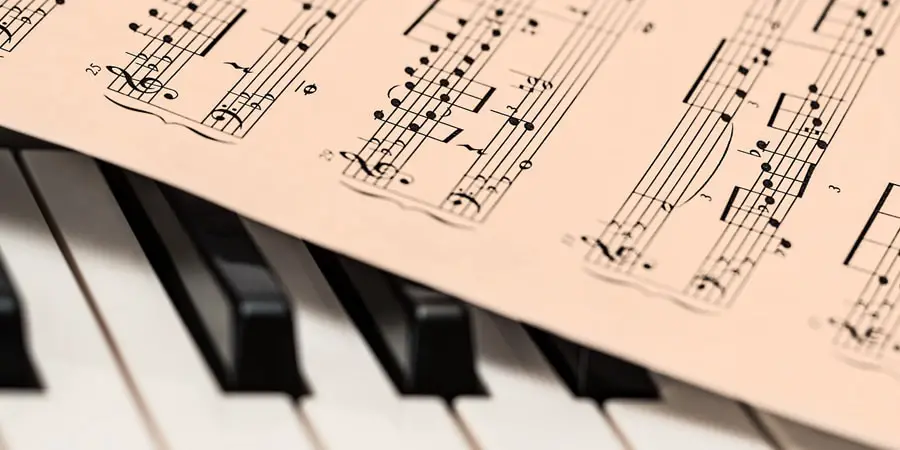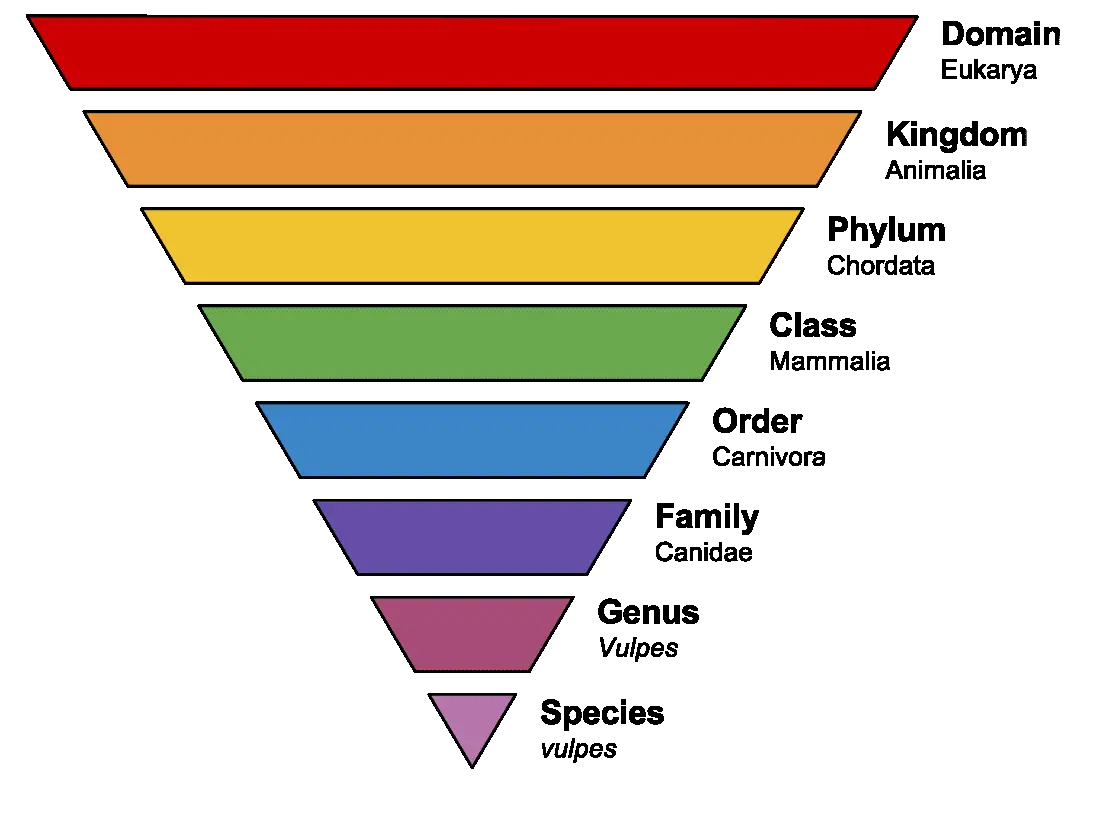The study of genetics is fascinating, and it’s more than just the study of “where we come from.” An AP Biology test may cover integral information like Mendel’s Dihybrid Cross Experiment or general but essential genetics terms like asexual reproduction.
These genetics practice problems can be added to any teacher-written study guide or a great resource for any student who wants to make sure they have all the information they need while studying for a genetics test.
Since genetics is such a broad subject, it can be difficult to decide which genetics practice problems to add to your guide. It’s best to add a little bit of everything to ensure a thorough understanding of how genetics works in regard to Biology.
While some of our genetics practice problems might not be useful or relevant as others, you may pick and choose these questions to help “fill” your study guide and boost your overall knowledge of the subject.
A Few Tips For Studying
When studying for your genetics test, you are likely to encounter many practice problems that you need to figure out and show your work, such as the phenotype ratio. Creating flashcards for genetic vocab is another great way to memorize those terms easier.
While everyone has a learning style that works best for them, choose a study tool that will not only help you memorize the material but will also help you to understand it. The memorization of material has little use if you don’t know what you’re memorizing.
Another great way to add more information to your study guide is to form a study group and put everyone in charge of coming up with a few questions. Not only will this help everyone in the group retain more information, but it can break up the monotony that sometimes results from studying.
If you’re an instructor and putting together a study guide for students, why not allow each student to come up with a question (that they can answer) and add it to the study guide? It allows them to do a little research and interact with their peers.
14 Vocab Terms To Add To Your Study Guide
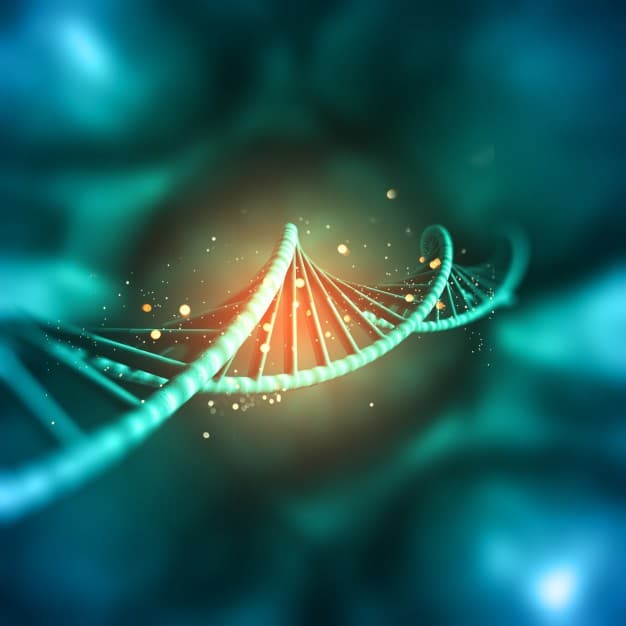
Sometimes the easiest and best way to learn genetics is to start with the basic genetic terms, and you might want to consider adding these terms to your study guide (or make some flash cards as we already recommended). There may be many more you want to add to your study guide, but here’s a start:
- Genotype:The genetic makeup of a living organism
- Phenotype:An observable trait or physical appearance (i.e., eyes)
- Allele:A form of a gene
- Gene:The basic unit of DNA
- Homozygous:Alleles that are identical
- Heterozygous:When alleles are different
- Dominant Trait:Always present in the phenotype when present in a genotype
- Recessive Trait:Only present in the phenotype when no dominant traits are in genotype
- Punnett Square: A chart which shows all possible genotypes of a living organism from reproducing (or crossing over)
- Incomplete Dominance:When two homozygous phenotypes combine and result into a heterozygous phenotype
- Codominance: Two dominant traits that have equal representation in the results
- Autosomal:Any chromosome not on the sex cells
- Karyotype:A picture of all the chromosomes in a cell and arranged into pairs
- Epistasis:One gene locus alters the expression of the second locus. Ratios are different from what’s expected.
When one gene locus alters the expression of a second locus. Ratios are often altered from the expected. One treatment act as a recessive because it is “hidden” by the second trait.
What Do You Know About Mendel?
Since Gregor Mendel’s research plays such an integral role in the genetics we know today, it’s important to understand his work. Take a look at these questions (with the answers) to see how much you know about Mendel and his work in the field of genetics.
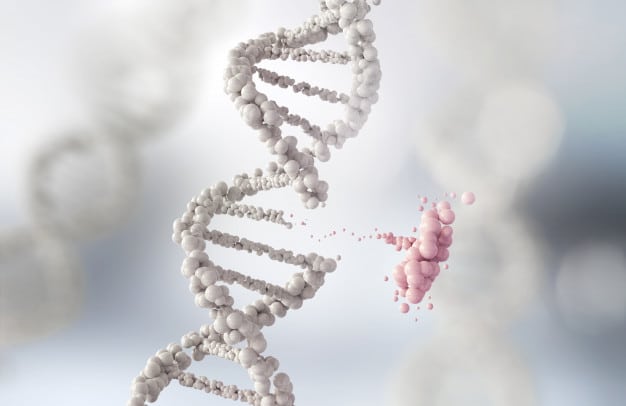
Mendel used purebred plants in his experiments. What are two possible genotypes of a purebred plant?
A purebred plant only produces the same type of offspring when self-fertilized. The plants must be homozygous for two genotypes to be possible. One example is purple flowers: WW and white flowers: ww.
In his pea plant experiments, Mendel examined many traits, which included the height of the plant and flower color. Which of the following answers best represents the plants of the P generation?
- 1Homozygous purple, homozygous tall x heterozygous white, homozygous short
- 2Heterozygous purple, homozygous tall x homozygous white, homozygous short
- 3Homozygous purple, homozygous tall x homozygous white, homozygous short
- 4Homozygous purple, homozygous tall x heterozygous purple, homozygous short
If you selected “C” for your answer, you’re right.
What did Mendel call the traits that were not expressed in the F1 generation?
- 1Recessive
- 2Heterozygous
- 3Incompletely dominant
- 4Hybrids
- 5null alleles
If you chose “A,” you’re correct.
Mendel is famous for his dihybrid cross experiment. How does the dihybrid cross differ from the monohybrid cross?
- 1Monohybrid cross includes a single parent and dihybrid has two parents
- 2Monohybrid cross produces one offspring, and dihybrid cross produces two
- 3A dihybrid cross involves heterozygous organisms for two characters, and monohybrid is only one
- 4Monohybrid cross is performed for only one generation, and dihybrid cross is performed for two
- 5Monohybrid results in 9:3:3:1 ratio and dihybrid cross is a 3:1 ratio
The correct answer is “C.”
When Mendel performed his famous genetic experiment between pea plants, the pea cross (the offspring of the F1 generation) always looked like one of the two parental varieties. Why?
- 1One phenotype was dominant over the other
- 2Each allele affected the phenotypic expression
- 3Traits blended together during the process of fertilization
- 4No genes interacted to produce the parental phenotype
- 5Different genes interacted to produce the parental phenotype
If you chose answer “A,” you are correct.
Mendel had many findings when he conducted his experiments with the pea plants. What was his most ground-breaking and significant conclusion?
- 1There substantial genetic variation in pea plants
- 2Traits are inherited in “discrete units” rather than the result of “blending”
- 3Recessive genes are more common than dominant ones
- 4Genes are composed of DNA
- 5Organisms that are homozygous for recessive traits have numerous disadvantages
The correct answer to this practice problem is “B.”
More Questions On Genetics
Now that you’ve tested your knowledge on Mendel let’s take a look at some other questions that might be good to add to a study guide when preparing for a genetics exam.
If an individual has a genotype AaBbCCDdEE, how many unique gametes can be produced through independent assortment?
- 14
- 28
- 316
- 432
- 564
If you’ve done your math right, the correct answer should be “B.”
Labradors are yellow, brown, or black. If a black female mates with a brown male, the results are as follows: all black puppies, half black to half brown puppies, or three-quarters black to one-quarter yellow puppies. The results of the colors of puppies indicate what?
- 1Brown is dominant to black
- 2Black is dominant to brown and yellow
- 3Yellow is dominant to black
- 4Incomplete dominance
- 5Epistasis isiInvolved
The correct answer is “E.”
Continuing with the same question about Labradors, how many genes must be responsible for these coat colors in the puppies?
- 1One
- 2Two
- 3Three
- 4Four
The correct answer for this question is “B.”
One more question involving the Labs. One type cross of black and black the results were: 9/16 black, 4/16 yellow, 3/16 brown. The genotype aabb must result in the following?
- 1Black
- 2Brown
- 3Yellow
- 4A fatal result
If you chose “C,” you are correct.
If the inheritance of the first genetic trait is not dependent on the inheritance of the second trait, what is this in reference to?
Your answer should be The Law of Independent Assortment.
What are the genotype and phenotype ratios of the following cross: Dd x Dd?
The genotype should be 1DD: 1Dd : 1dd
The phenotype should be 3 dominant: 1 recessive
In petunias, heterozygotes for one of the genes have red flowers. Homozygotes have purple or white flowers. When petunia plants with purple flowers cross with one that has white flowers, what percentage of the offspring will have red flowers?
- 10%
- 225%
- 350%
- 475%
- 5100%
If you came up with 100% (E.) as your answer, you are correct.
If a woman has seven fingers on each hand and her husband and son have the normal amount of digits on their hands, what fraction of the couple’s other children would be expected to have extra digits? Treat additional digits as a dominant trait.
If your answer is 50%, you’re right.
Since genetics is such an in-depth study, we may not have covered all the topics that may be on your exam. Our practice problems, plus vocab words, should give you a good start and a great opportunity to practice what you already know about genetics.





